The EverywhereNess of White Supremacy; from Glacier to Standing Rock, to Tulsa, to Charlotte, to…
By Zillah Eisenstein
I have just returned from hiking in Glacier National Park. It is a strange place to have been—during this hate-filled racist/misogynist Presidential election alongside the repeated brutal police killings of Black people.
I am white. I am also an anti-racist feminist activist. I was ten years old when my family picketed against Woolworth’s segregated lunch counters. I have wondered most of my lifetime how one remains truly antiracist when one is white, when white privilege so often operates invisibly, insidiously, and always. My recent hiking takes me here, again.
I left hoping that the election noise would recede as we unplugged. We flew west, to Spokane, Washington and then drove through Idaho to Montana. Idaho felt open and expansive. The forests are dense and tall. Trucks filled with harvested trees, soon to be lumber, barrel by. Crosses line the sides of the highways noting people killed in car accidents. Everyone killed appears to be Christian. There were no visible death symbols for Jews, or Muslims, or Natives. And we saw no Black people driving, or anywhere.
As we traveled and the media noise receded, I was confronted with disturbing silences. And silences are most often where white privilege hides, especially for whites. For those of you who are white and reading this let me say from the start: I know that what I write here may not be universally true to Glacier Park, or the drivers in Idaho, or the erasure of Native peoples, but it is true.
It is also true that racism always has been threaded with sexual violence and rape during the dispossession of Native peoples and the exploitation of Black women and men in chattel slavery. They are glued together historically and silenced in similar ways. And just at the time of this writing there is the naming of rampant sexual harassment in the national parks.
Structural racism creates white spaces, and does it most often invisibly and silently, as Carolyn Finney notes in Black Faces, White Spaces. The history of the process is erased. The space is cleansed. And in spaces that are racially mixed, people of color are already encoded against this naturalized whiteness. So a Black person is already doing something before they do anything. Their lack of power is structural, structured into their absent presence. What they do individually has no validity.
Richard and I saw no Blacks, nor Indigenous people, nor South Asians in the eight days we were there. We visited three of the big Park Lodges for our meals, stayed in the cabins, drove Going to the Sun Road, hiked through camping grounds, and many of the trails. And, we only saw white people. When I asked one of the (white) lodge managers if this was always the case, he was not sure what I meant. Glacier Park is a segregated white space.
I wonder what my parents would think of me hiking in Glacier. When I was fifteen and lived in Columbus, Ohio, I asked for permission to attend a swimming party. The pool was on the North side of town that was mostly white. I was told I could not attend because it was a segregated space, even if not legally so. My parents insisted that I think deeply about which spaces I wanted to inhabit.
After my father’s horrid political tenure battle at Ohio State University, we moved to Atlanta, Georgia. We lived in the Black neighborhood in faculty housing bordering Atlanta University. I went to a newly integrated white school nearby. There was one Black student. When I walked in the halls with him I was called a N—– Lover. I felt totally alone and never thought about my privilege as white in these early years.
It is pretty well known that (most) people of color do not visit the National Parks. President Obama called attention to this when the first family vacationed in Yosemite this past summer. While we hiked Glacier, while white, seeing whites, I wondered if we should have come. Are the federal parks just another form of segregated swimming pools?
I thought more. How much of Black Absence is about safety, and the fear that Blacks, and Muslims and Native Americans live with today? Why explore unknown spaces when the ones you inhabit are already life threatening, or have been stolen? I did wonder about all these white people fascinated to see a bear, but not wanting it to confront or hurt them. Think about it. A Black person is lucky to get through an ordinary day.
Here are a few of my notes written during our time. I think you will see both the privilege of enjoying the beauty and my continual discomfort.
Day 1
We started the day headed from Spokane towards Coeur d’Alene and then Sandpoint, Idaho. The vistas were so rich—Hemlock and Spruce trees everywhere, lakes continuously in view, expansive blue sky, flat valleys against the high mountains, gorgeous farms. Amidst the beauty of sky and terrain was ranch-style raw poverty sprinkled throughout. Most of the people we were seeing, both in the towns and in cars, were white.
A huge sign in the mountains read TRUMP THE BITCH and we cringed. As a feminist I know we—all women no matter color or class—are in this context, bitches.
Road signs in Idaho obliquely named with whispers of a Native past remind me to see the Native/indigenous peoples who are segregated elsewhere and to remember the settler colonialism of this country. And, I try to link where I am to the ongoing historic and massive rebellion of Native peoples against the North Dakota pipeline, at Standing Rock.
Day 2
We drive along the Going to the Sun Road and see amazing vistas, and mountains surging in the blue sky, and lakes that are perfectly both blue and green. I am thinking what utter beauty, but knowing that nature is not natural, nothing is. Not the glaciers that are clearly melting, nor racism, nor whiteness. I am thinking white people made racism.
We drove into Glacier—eager to get our bodies moving and stretched out. We parked our car at Lake MacDonald along with everyone else. There were tons of people—parking and milling around. But did I say that in all these people, we saw not one Black person? Whiteness, in this silent exclusivity, rules.
Most of the afternoon and into early evening we hiked. Richard asks, do you see the moon? It is just a sliver. Do you see these huckleberries? This is what the bears are looking for. Do you see this scat? It is from a bear and there are huckleberries in it. Richard is wearing a can of bear spray.
We stayed at Rising Sun Lodge for the first night. This name elicits the legacy of Indigenous peoples, but not enough. Silent noises occupy my mind. Should I be here?
Day 4
Our first morning at Lake MacDonald I overhear a white older couple ask the waitress to warm their coffee cups. She brought hot water. Others—all white—are annoyed that there had been no egg delivery due to snow. Breakfasts would have to be eaten with no choice of eggs. I thought, white class privilege being dumped on a white waitress.
It was very much already fall in Glacier–with amazing yellows and different kinds of green. There were no reds or orange because there are no Maples and Oaks.
Life cycles seem so at ease in the forest. There is forest fire residue everywhere mixed in with the new. Death and life are both present together. Neither hides or silences the other.
Day 5
This was a huge day of everything. We climbed sixteen miles of up-and-down trails noting bear scat. Rich would make these wild noises to announce our presence. By now I thought that we did not belong where we were. That the park was someone else’s land, and that there should be markers and memorials everywhere we were walking. White privileged settler colonialism birthed this gorgeous park. White people, like me, not Native Americans now populate it.
Interestingly, the waiters in the lodges and service areas, in September, are from Japan and China. Xanterra, the contracted company for park services, hires them to fill out the latter part of the season, given their later start date for college. I want to know more about this.
Day 6
The day started at 38 and reached 68 degrees by time we were hiking up towards the glaciers. Logan Pass was closed due to snow so we headed to Many Glacier where we spent the night in a lodge sitting right on an alpine lake. The smells and sounds are wonderful. But the racism is still absently present everywhere.
Our few thoughts from this day: weather happens and dominates and it should; the Blackfoot homelands adjoining the Park have poverty written into the earth; fall happens differently and at differing times across the planet; the Continental divide is geography at its best.
We go to Logan Pass tomorrow—and a word about Logan Pass. I researched it upon our return. It is named for William Richard Logan, the son of an Army captain who was no friend to the Blackfoot, who inhabited and hunted on Glacier land long before it became a federal park. Logan referred to Native Americans as “natural beggars and bummers.” Such racism is deeply embedded in other histories of the national parks as well.
Day 8
We hike to the top of Mount Apgar at 5200 feet and the uphill was challenging. The glaciers are melting. The planet is under siege. It is not being cared for. It is responding in the only way it knows how. I see racism in the melting glaciers.
We finally make it to the high peaks of Logan Pass. Despite many signs noting “bear activity,” we saw none. I had already decided to crumple downward and play dead if one unexpectedly approached. After all, I am in their space. AND, our take-away from Glacier: This fabulous/amazing Park was not an uninhabited space at the start. The land in large part was appropriated, colonized, invaded. Historical crimes happened here.
And yet, and also, this public space would never have been built in our present neo-liberal racist world—the labor it took to build it is phenomenal. AND, this park/public space is in the process of vanishing today due to the neo-liberal climate crisis of capitalist-racist-patriarchy.
We left the park late afternoon and drove back through Montana into Idaho. Instead of thinking about grizzlies, I was thinking about Trump. And by time we turned on a TV at the Spokane airport hotel, we were hearing of more killings of Black men in Tulsa, Oklahoma and Columbus, Ohio, and Charlotte, North Carolina. Each of them are innocent Black people going about their lives—trying to deal with a broken down car on the freeway, a frightened child himself running from police, another, picking up his child from school.
Given white supremacy, just “being Black” is dangerous. So much so that the Massachusetts Supreme Judiciary Court has decided that Black men have a “legitimate reason to run from the police,” and that “fleeing should not be seen as suspicious.” In these circumstances, walking, let alone hiking, are dangerous.
And what about my white privilege and me? I have offered some of my process for others to think with. Seeing our/my own white privilege is a process that is uneven and challenging. White supremacy is always changing and modernizing, as racism and its practices morph newly. I am inside it at the same time I am trying to see it, know it, and change it. This is part of the rub—the very supremacy that blinds me because I am inside it can be seen and is seen by those excluded from it. The visible invisibility for whites is always visible to Blacks and Indigenous peoples. I think about this daily with all my beloved friends of color.
As a white anti-racist feminist, I need to be more than an ally. I need to be what Awesomely Luvvie asks of us: to be a co-conspirator. It is up to white people to fix racism because we made/make it.
Meanwhile, at the very least, we need to start a petition to change the name of Logan pass. And demand reparations for Native Americans along with Black people. And, did I say—stop killing Black bodies. In the few days that I have been finishing this writing two more Black men have been killed, and both were calling for help during medical crises.
One should not need white privilege to take a walk, or hike, or simply to stay alive.
____________________________________________
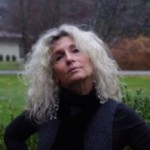 Zillah Eisenstein has been a Professor of Politics at Ithaca College in New York for the past 35 years and is now “Distinguished Scholar in Residence” there. Besides her recently published THE AUDACITY OF RACES AND GENDERS: A PERSONAL AND GLOBAL STORY OF THE OBAMA CAMPAIGN (2009, Zed Press, London; Palgrave, U.S.), her books include among others: SEXUAL DECOYS, GENDER, RACE AND WAR IN IMPERIAL DEMOCRACY (London, Zed Press; New York, Palgrave, 2007); AGAINST EMPIRE, ibid.; HATREDS: RACIALISED AND SEXUALIZED CONFLICTS IN THE 21ST CENTURY, (Routledge, 1996); GLOBAL OBSCENTITIES: PATRIARCHY, CAPITALISM AND THE LURE OF CYBERFANTASY (NYU PRESS, 1996); and MANMADE BREAST CANCERS, (Cornell Univ. Press, 2001). For more information see: https://zillaheisenstein.wordpress.com/.
Zillah Eisenstein has been a Professor of Politics at Ithaca College in New York for the past 35 years and is now “Distinguished Scholar in Residence” there. Besides her recently published THE AUDACITY OF RACES AND GENDERS: A PERSONAL AND GLOBAL STORY OF THE OBAMA CAMPAIGN (2009, Zed Press, London; Palgrave, U.S.), her books include among others: SEXUAL DECOYS, GENDER, RACE AND WAR IN IMPERIAL DEMOCRACY (London, Zed Press; New York, Palgrave, 2007); AGAINST EMPIRE, ibid.; HATREDS: RACIALISED AND SEXUALIZED CONFLICTS IN THE 21ST CENTURY, (Routledge, 1996); GLOBAL OBSCENTITIES: PATRIARCHY, CAPITALISM AND THE LURE OF CYBERFANTASY (NYU PRESS, 1996); and MANMADE BREAST CANCERS, (Cornell Univ. Press, 2001). For more information see: https://zillaheisenstein.wordpress.com/.

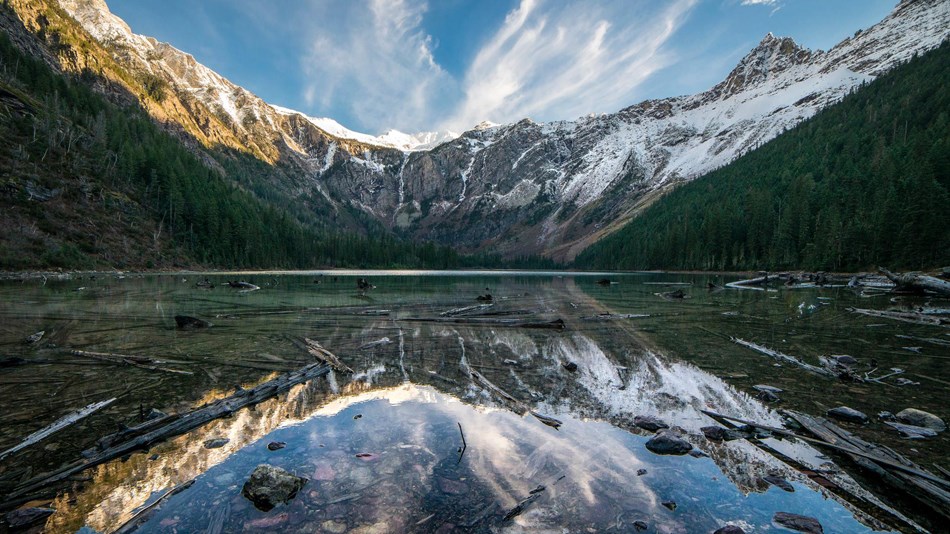
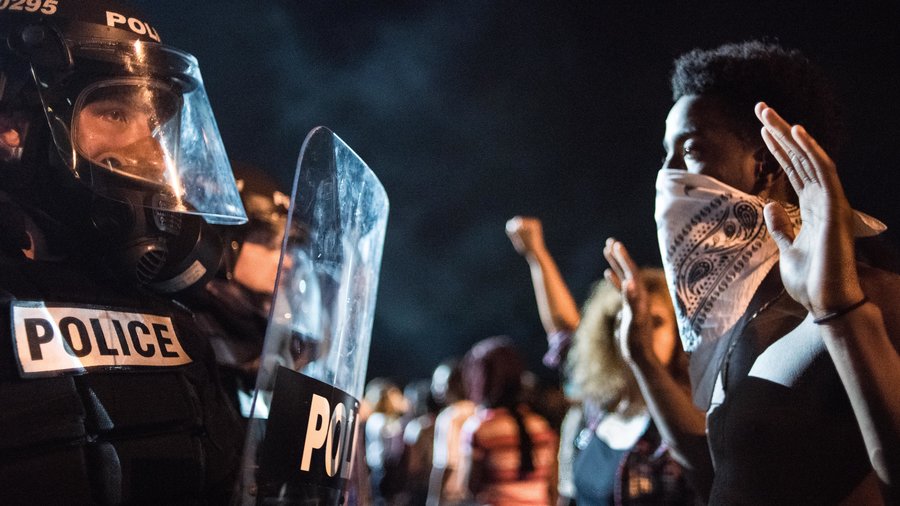
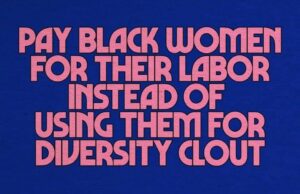
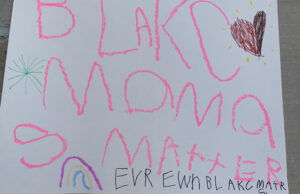

Pingback: The Everywhereness of White Supremacy; from Glacier to Standing Rock, to Tulsa, to Charlotte, to | Zillah Eisenstein